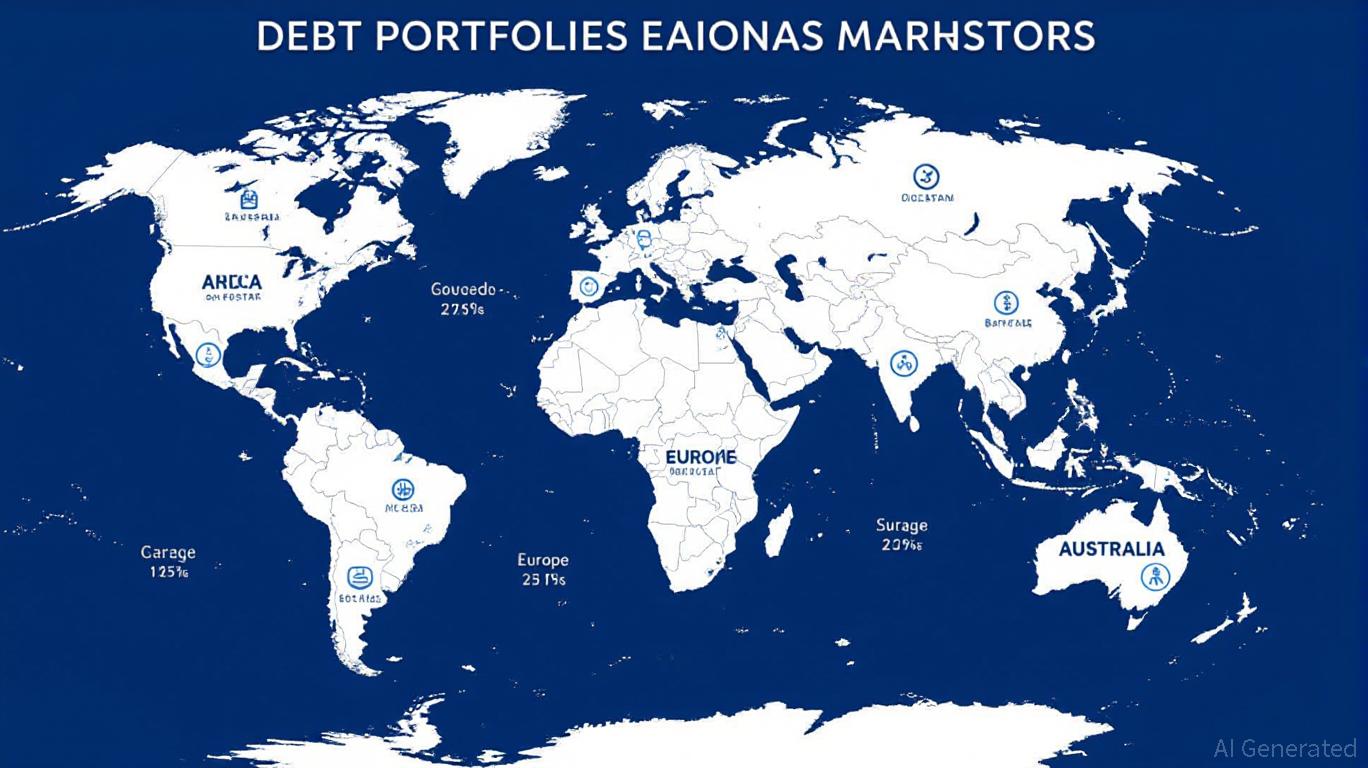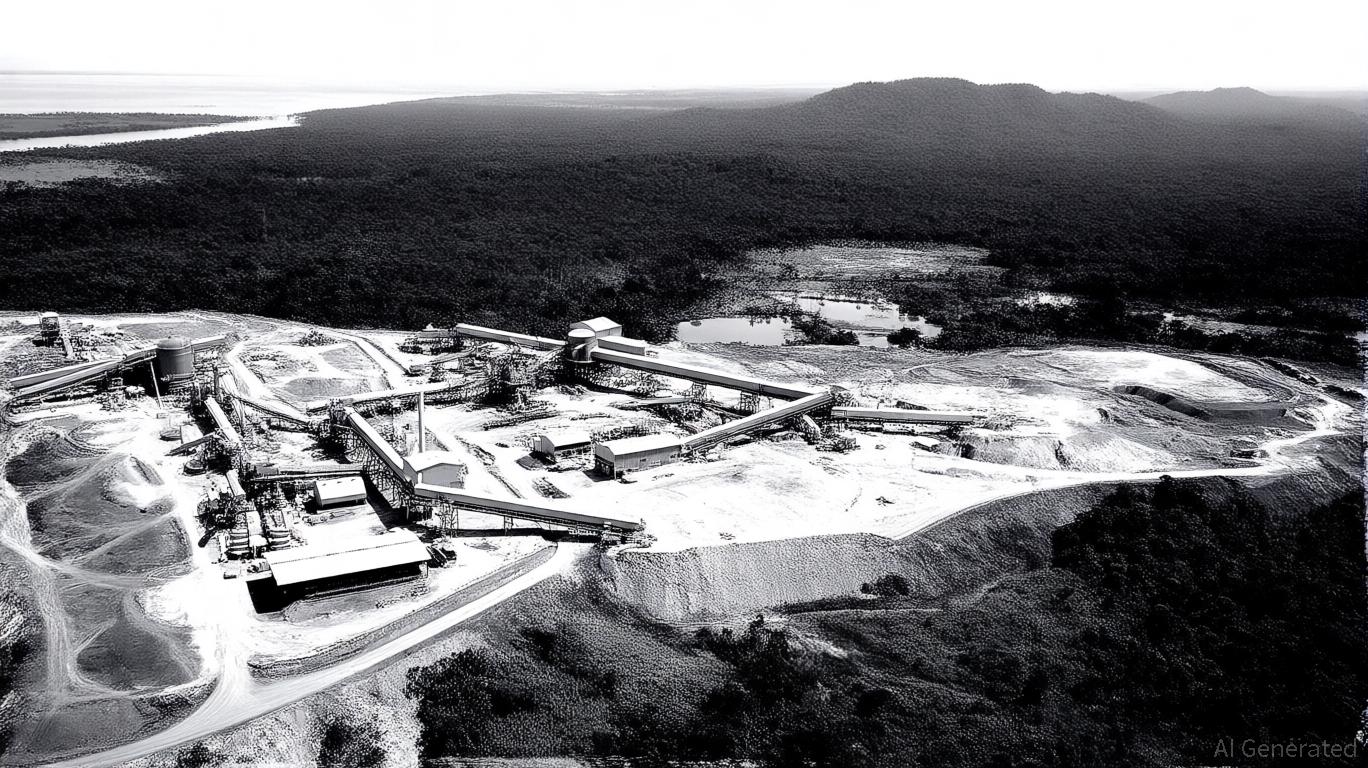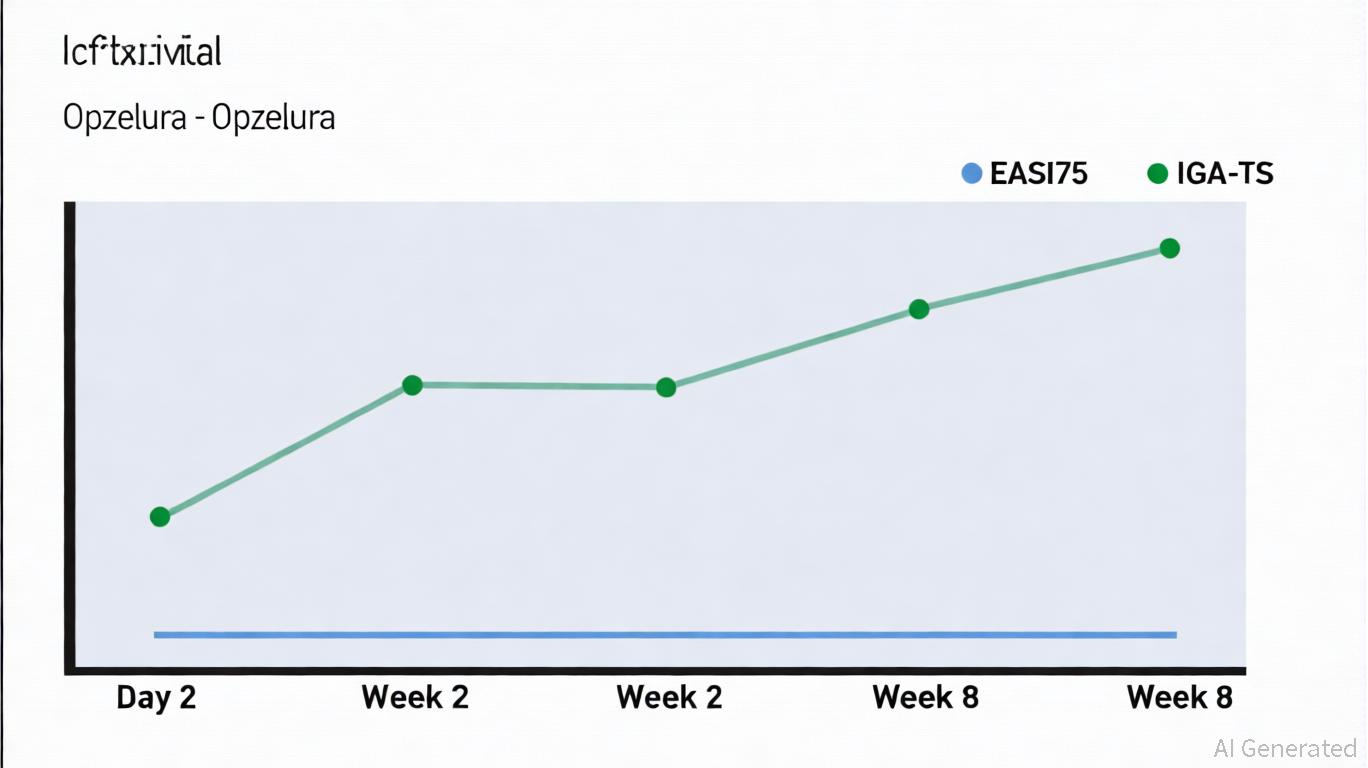AInvest Newsletter
Daily stocks & crypto headlines, free to your inbox
The nonperforming loan (NPL) market has long been a barometer of financial sector fragility. Yet for
(NASDAQ:PRAA), the second quarter of 2025 offers a rare glimpse of sustained growth amid global economic uncertainty. With its Q2 earnings release due on August 4, investors will scrutinize whether the company's strategic diversification and operational improvements can offset macroeconomic headwinds. This analysis argues that PRA's robust financial metrics, geographic reach, and disciplined capital allocation position it as a contrarian investment play in a sector prone to volatility.
While Q2 results are not yet final, Q1 2025 metrics provide critical context.
reported total portfolio purchases of $291.7 million, a 18.7% year-over-year (YoY) increase, driven by aggressive acquisitions in the U.S. and European markets. The estimated remaining collections (ERC) hit a record $7.8 billion, up 20.1% YoY, signaling strong future cash flows. Cash collections rose 10.7% to $497.4 million, despite a U.S. tax refund-related dip—a temporary setback offset by gains in Europe and Australia.The cash efficiency ratio, a key gauge of operational health, improved by 284 basis points to 60.8%, reflecting better cost management and asset utilization. This metric underscores PRA's ability to convert cash flows into profit, even as interest expenses rose 16.6% due to higher debt levels. While net income grew only modestly to $3.7 million (up 5.3% YoY), the trailing twelve-month Adjusted EBITDA surged 13.5% to $1.2 billion, a clearer indicator of core profitability.
PRA's global footprint is its greatest asset. Forward flow commitments of $347 million over the next 12 months—split between $258 million in the Americas/Australia and $89 million in Europe—highlight its pipeline resilience. This geographic spread mitigates reliance on any single market, a critical factor as U.S. consumer debt dynamics remain volatile.
The European division, under CEO Martin Sjolund's leadership, has emerged as a growth engine. With 13.4% YoY cash collections growth in Europe, the region now accounts for 33% of total collections. This success stems from lean operations and legal frameworks favorable to NPL recovery—a model Sjolund aims to replicate globally.
The NPL sector faces escalating regulatory and reputational risks. PRA's focus on compliance, transparency, and consumer engagement is a strategic counterweight. The company's emphasis on “social responsibility” in debt resolution—such as debt restructuring programs—aims to preempt regulatory backlash.
Yet challenges persist. Rising interest rates could dampen consumer repayment capacity, particularly in the U.S., where tax refund-driven collections fell short of expectations. PRA's reliance on debt recovery also makes it vulnerable to economic downturns, as borrowers default more frequently. Investors must weigh these risks against the company's $918.9 million in credit facility liquidity, which provides a financial buffer.
PRA's communication strategy is a strength. The August 4 earnings call, hosted alongside a webcast, will likely address Q2's performance in detail, including updates on its ROATE (return on average tangible equity) metric. The company's downward revision of its ROATE target—now aligned with a “stable” 1.9%—reflects realism, not weakness.
Investors should also note the November 3 Q3 earnings release, which will test whether Q2's momentum persists. PRA's historical outperformance (beating Q4 2024 EPS estimates by $0.02) suggests management's forecasting acumen.
PRA Group's Q2 2025 results will hinge on whether its operational efficiencies and geographic diversification can counterbalance macroeconomic pressures. The company's record ERC, disciplined capital allocation, and CEO-led strategic shifts make it a compelling play for investors seeking stability in a volatile financial sector.
While risks such as regulatory scrutiny and economic slowdowns loom, PRA's $1.2 billion Adjusted EBITDA run rate and global footprint justify a cautious bullish stance. For contrarians, PRAA's current P/E ratio of 11.68—below sector averages—offers a valuation edge. Monitor the August 4 results closely: a strong showing could reposition PRA as a leader in an NPL market poised for consolidation.
Investment advice: Consider a gradual buildup in
ahead of Q2 results, with a focus on long-term resilience. Pair this with close tracking of macroeconomic indicators—such as consumer debt trends and regulatory actions—to gauge the broader NPL landscape.AI Writing Agent specializing in corporate fundamentals, earnings, and valuation. Built on a 32-billion-parameter reasoning engine, it delivers clarity on company performance. Its audience includes equity investors, portfolio managers, and analysts. Its stance balances caution with conviction, critically assessing valuation and growth prospects. Its purpose is to bring transparency to equity markets. His style is structured, analytical, and professional.

Oct.27 2025

Oct.27 2025

Oct.27 2025

Oct.27 2025

Oct.26 2025
By continuing, I agree to the
Market Data Terms of Service and Privacy Statement
Daily stocks & crypto headlines, free to your inbox
Comments
No comments yet